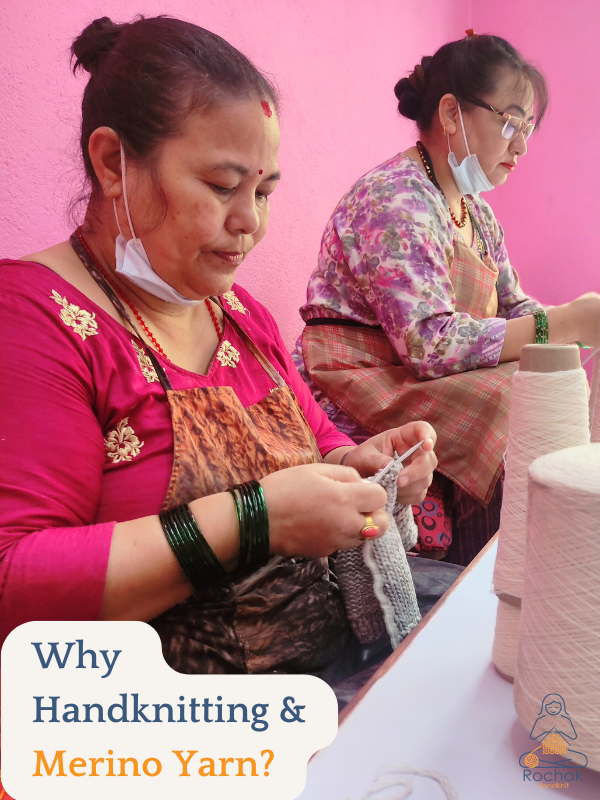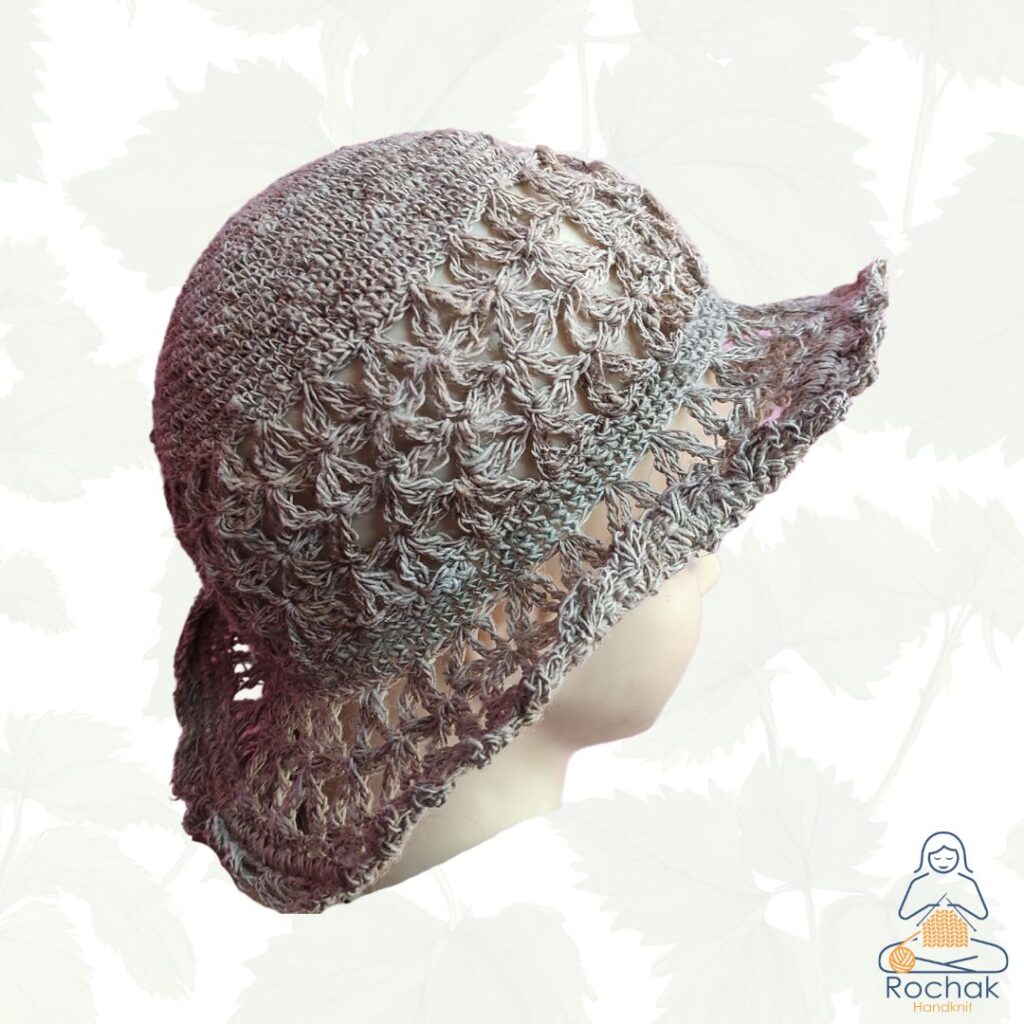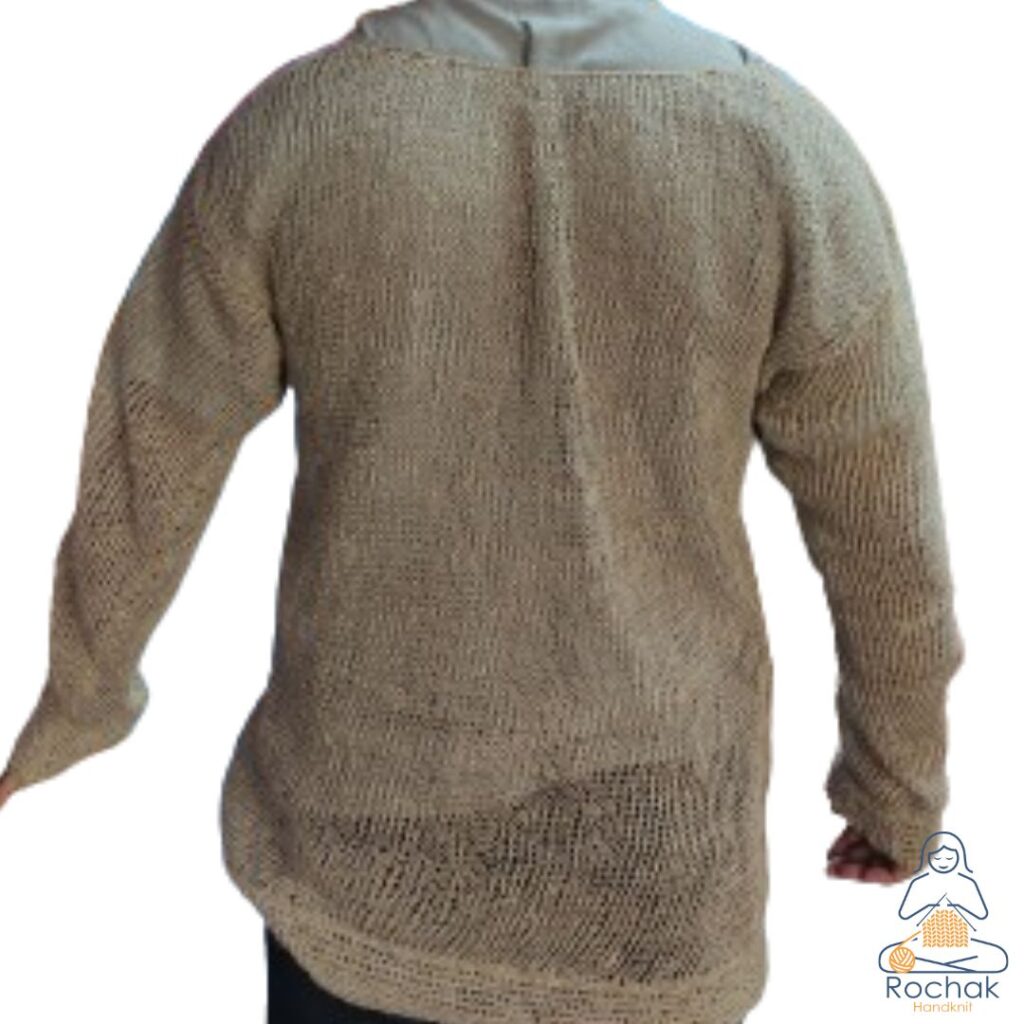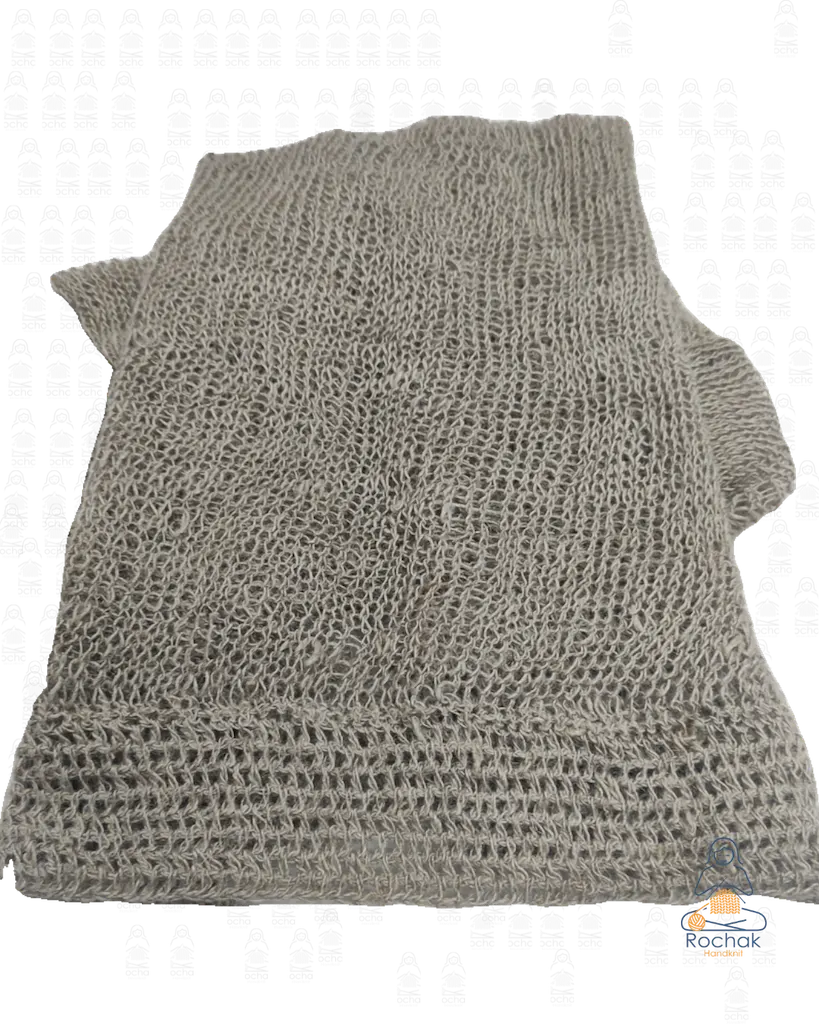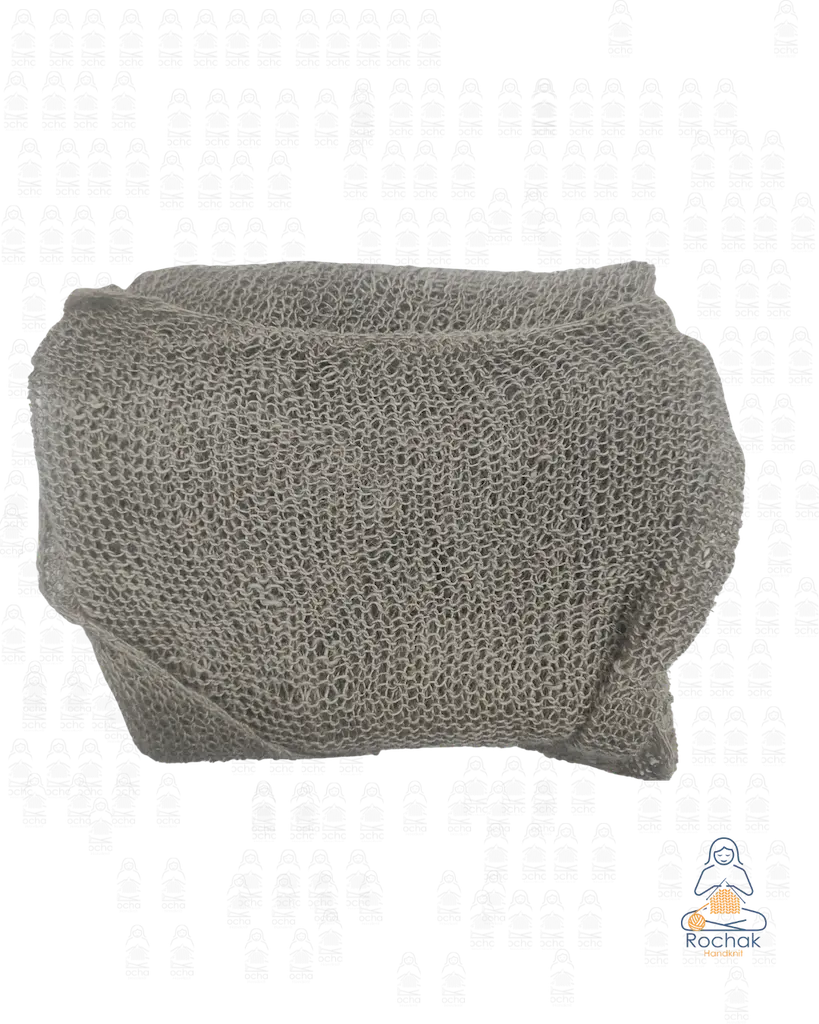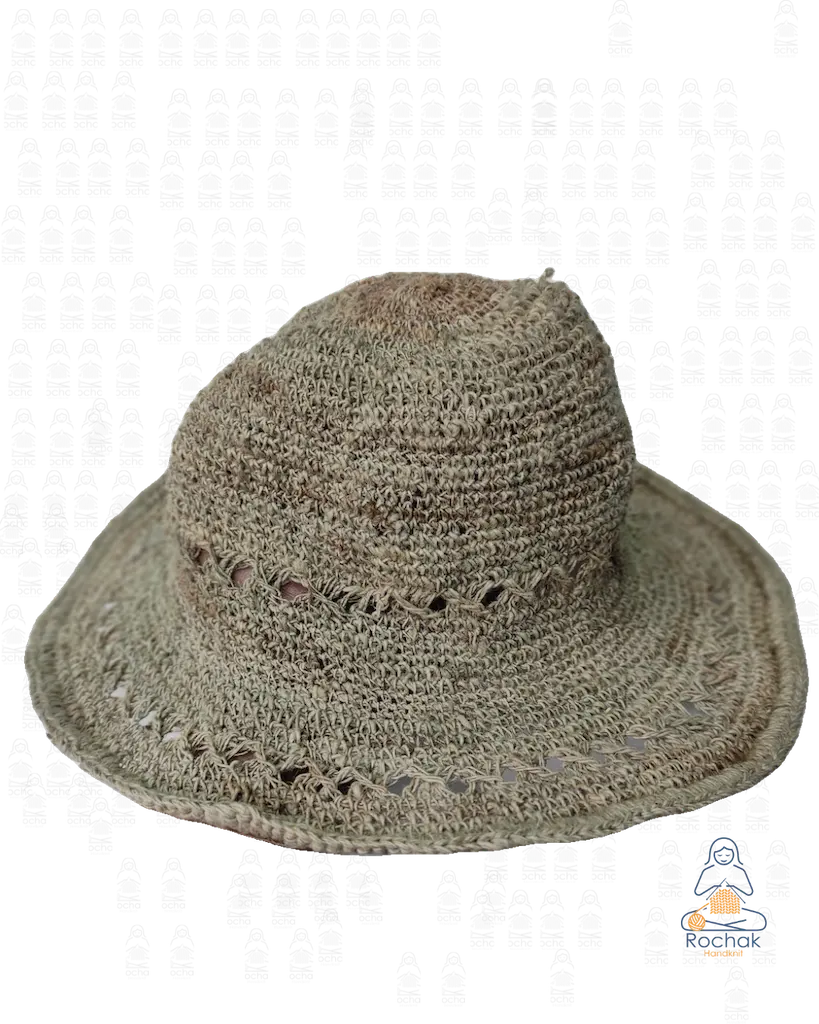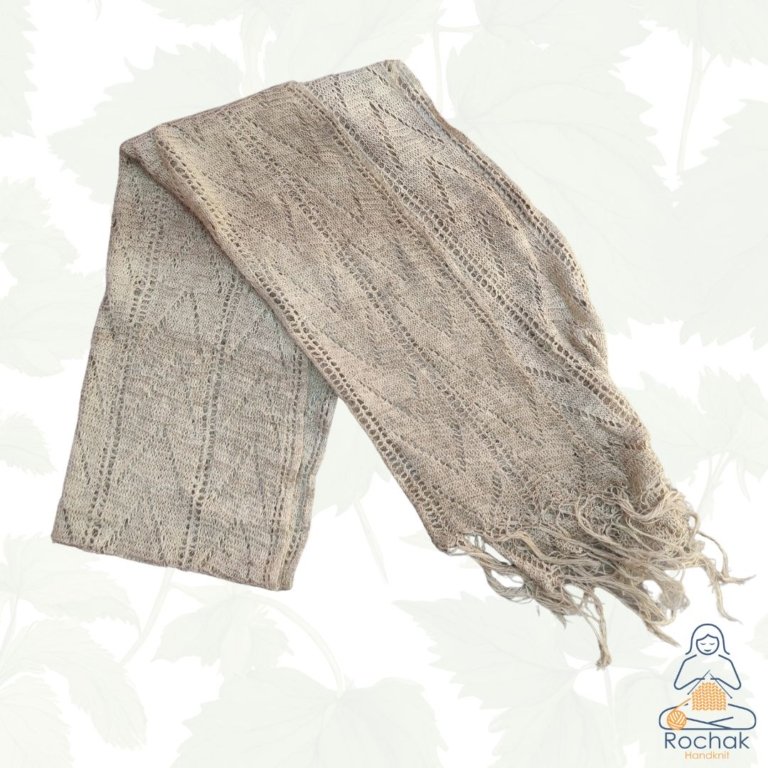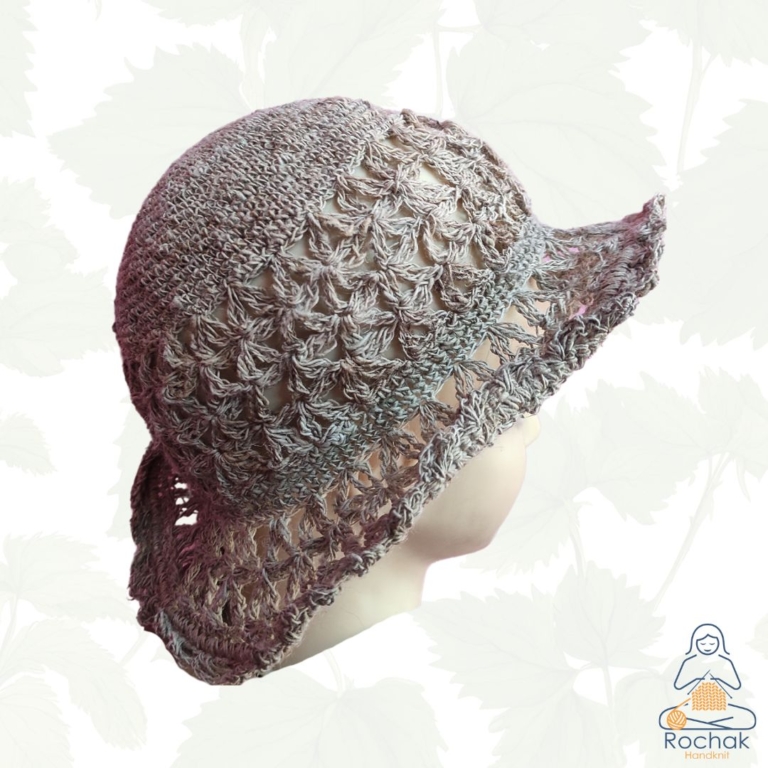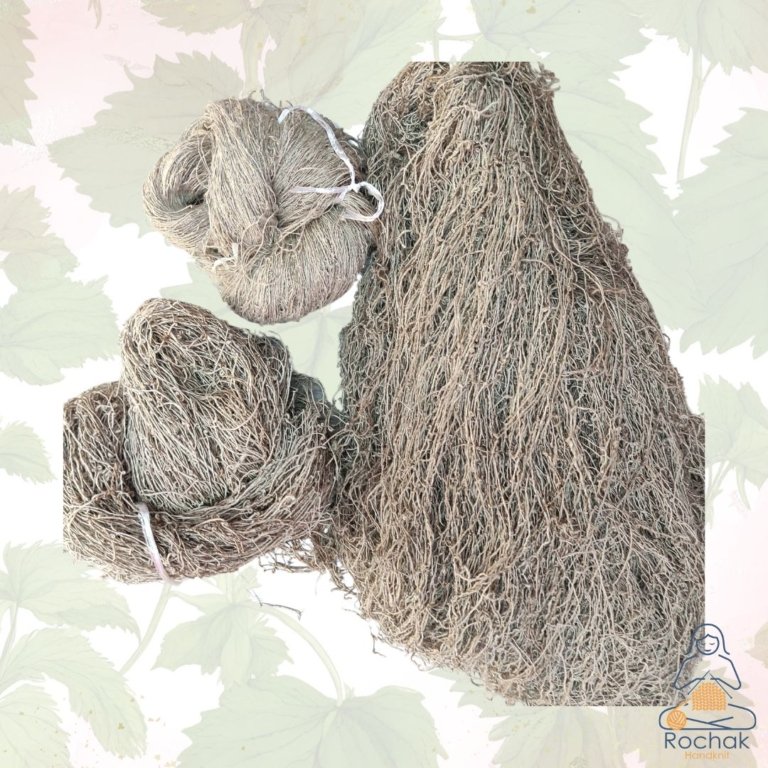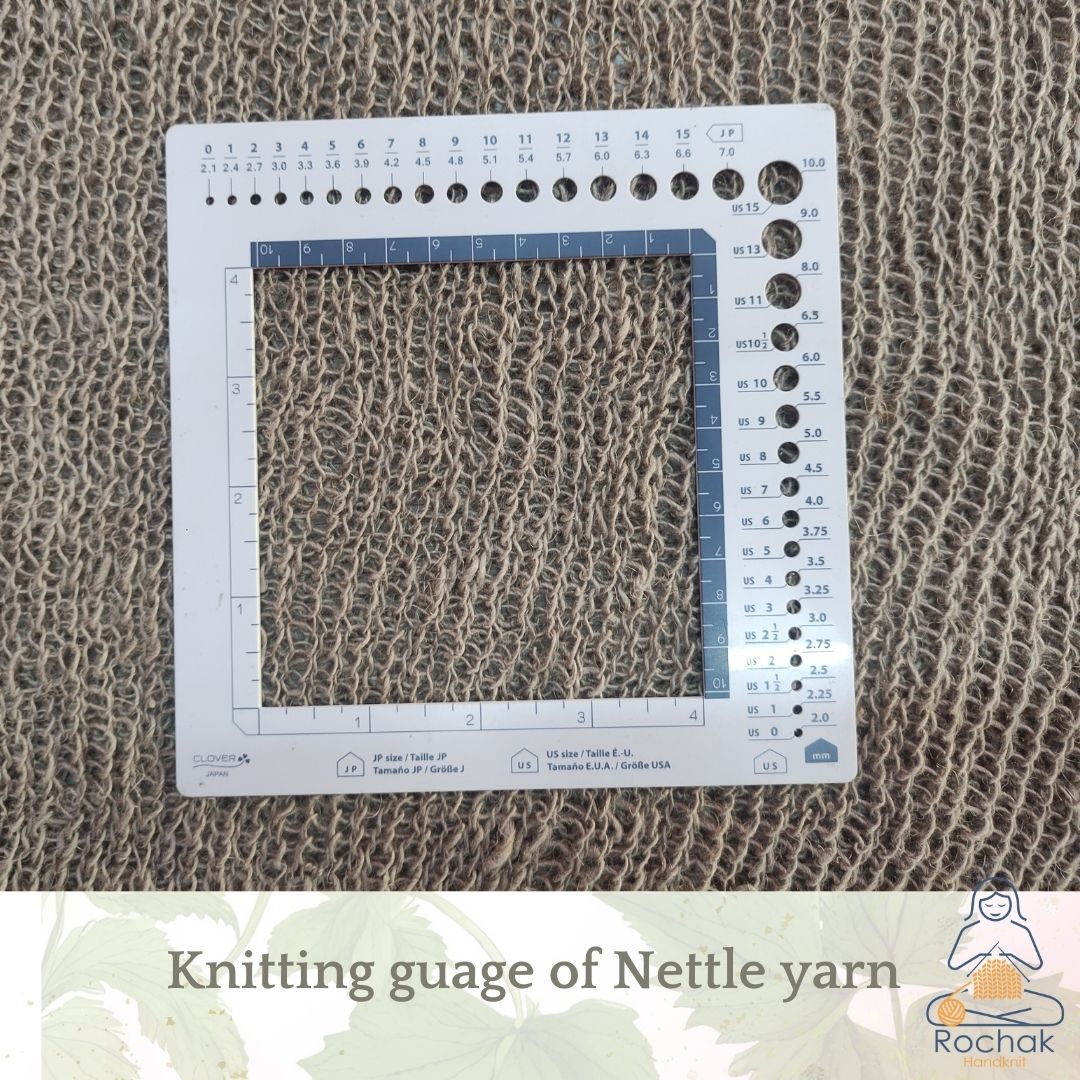Exploring Nepal’s own indigenous Fiber Nettle Yarn for Handmade Knitwear Production
Our nettle yarn knitwear is crafted in Nepal, where this indigenous fiber has been used for centuries for its strength, breathability, and natural durability.
Harvested and processed using traditional methods, nettle yarn offers a unique, sustainable alternative to conventional fibers. Each piece is hand-knit by skilled artisans, combining heritage craftsmanship with modern design.
For brands looking to offer ethically made, eco-friendly knitwear with a distinct story, our nettle yarn apparel provides a rare blend of tradition, sustainability, and quality.
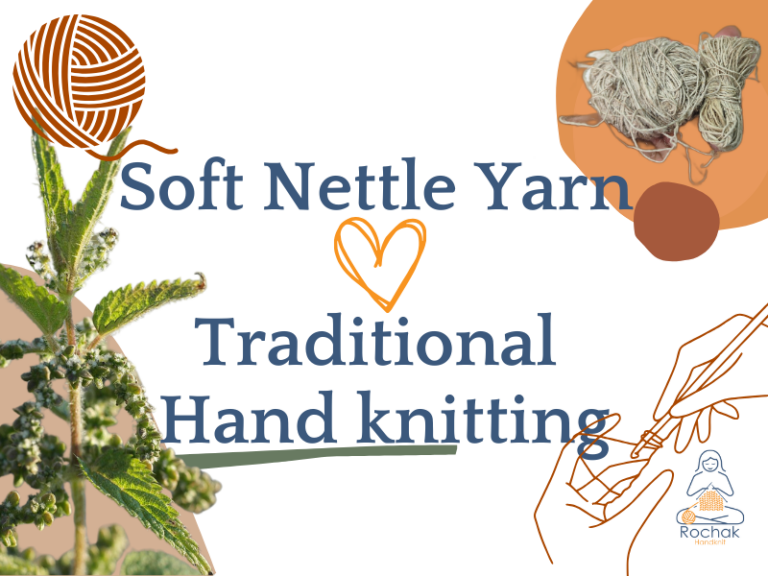
Where does Nettle Comes from
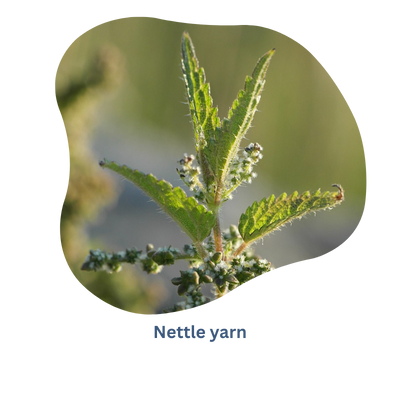
The Himalayan giant nettle (Girardinia diversifolia), found abundantly in Nepal, is particularly valued for its long, strong fibers. Traditionally, communities in Nepal have been harvesting and processing nettle fiber for centuries, using it to create textiles, ropes, and handmade knitwear.
This indigenous fiber is known for its durability, breathability, and sustainability, making it an excellent alternative to synthetic materials.
Where does our Nettle Yarn comes from?
Our nettle yarn comes from local supplier here in Kathmandu. This supplier purchase yarns from villagers from Himalayan region.
Currently we are planning to visit sankhuwasabha to get uniform quality of yarn in terms of yarn size, yarn shade.

Appeal of Nettle yarn

Why Choose Nettle YARN In Handmade Knitwear and Crochet Manufacturing
Incorporating nettle yarn into knitwear and crochet brings a fresh perspective to handmade accessories and apparels manufacturing. At Rochak Handknit Craft, we combine traditional handknitting techniques with this indigenous fiber.
Our nettle knitwear range includes everything from summer hat, summer vest, summer dresses, and etc each item reflecting a blend of contemporary design and traditional craftsmanship.
Hand knitted Apparels and Accessories from Nettle yarn
Sun Hats

Scarves / Shawls

Vest / Pullovers

Refined to Your Designs and Patterns
We love creating handmade knitwear that’s as unique as you are. Whether you have a specific design in mind or a pattern you want to bring to life, we work closely with you to make sure every detail is just right.
From choosing the perfect yarn to adjusting sizes and shapes, we’re here to turn your ideas into a beautiful, one-of-a-kind piece that fits your style perfectly.

Few Patterns from Nettle yarn
Refined to Your Designs and Patterns
Colors
Nettle yarn is made in few variations of thickness. Since it is usually hand spun the thickness of yarn varies a lot even in a single batch of production. Now a days people have started using machines to spin the yarn resulting into more constant thickness of yarn.
The natural colour of the nettle yarn is light grayish-green but there are few variations in shades due to the factor of growing conditions, harvesting time and processing methods.
For Custom Color Dyeing
For dying custom color, we have to bleach it first to make it white and dye the color of the choice.
Gauge and Stitch count of our Nettle yarn
When using 6mm knitting pins we get 15 stitches and 20 rows in 20cm x 20cm swatch.
Caring guidelines for Nettle yarn apparels
It’s been a learning experience every step of the way, from working with local farmers knowing about the process of Nettle plant to collaborating with skilled artisans. While we’re still growing and improving, we’re excited to see how this natural fiber can contribute to more sustainable fashion choices.
If you’re curious about nettle yarn in Nepal and handmade knitwear & Crochet production using it, we’d love to hear from you. Your insights and questions help us improve and explore new ideas one stitch at a time.
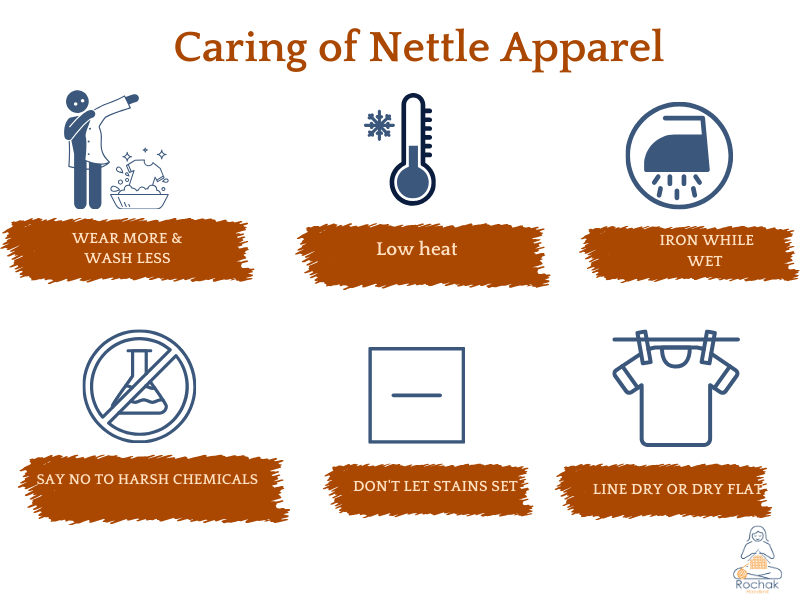
Frequently Asked Questions
We have listed the commonly asked questions. If you do not find the answers, feel free to reach out to us.
Conclusion
Nettle is fantastic yarn. It is among the few fibers that are produced and processed all locally.
We usually use the handspun and small machinery processed Nettle, that is used to make the crochet apparel like Sun hats, shawls, vest for the summer seasons.









